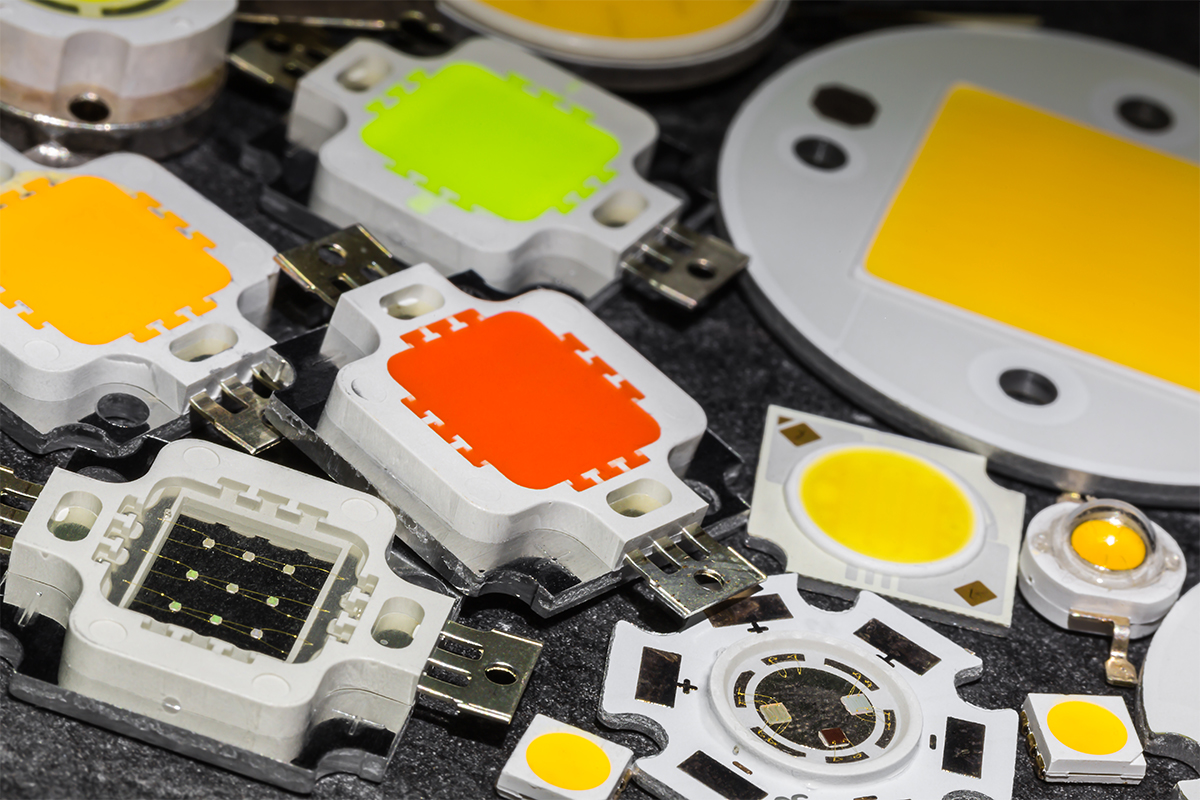Sure, but the heat won’t go to waste cause i use it to warm up my tent and cabs. I’d like my Sammie veg lights to run warmer than they’re doing now, actually.
Humidity is a PIA to keep up during winters over here when it’s -10 to -20+ C degrees for 3-4 months and humidity in my apartment is around 20-25% , so extra warmth from the grow lights is welcome. I have to use a timer on my tents exhaust 10 months of the year to keep temps and humidity up, other wise COBs would be a nightmare to use cause the room air is so dry already alot of time here in the north.
Humidity is a PIA to keep up during winters over here when it’s -10 to -20+ C degrees for 3-4 months and humidity in my apartment is around 20-25% , so extra warmth from the grow lights is welcome. I have to use a timer on my tents exhaust 10 months of the year to keep temps and humidity up, other wise COBs would be a nightmare to use cause the room air is so dry already alot of time here in the north.



